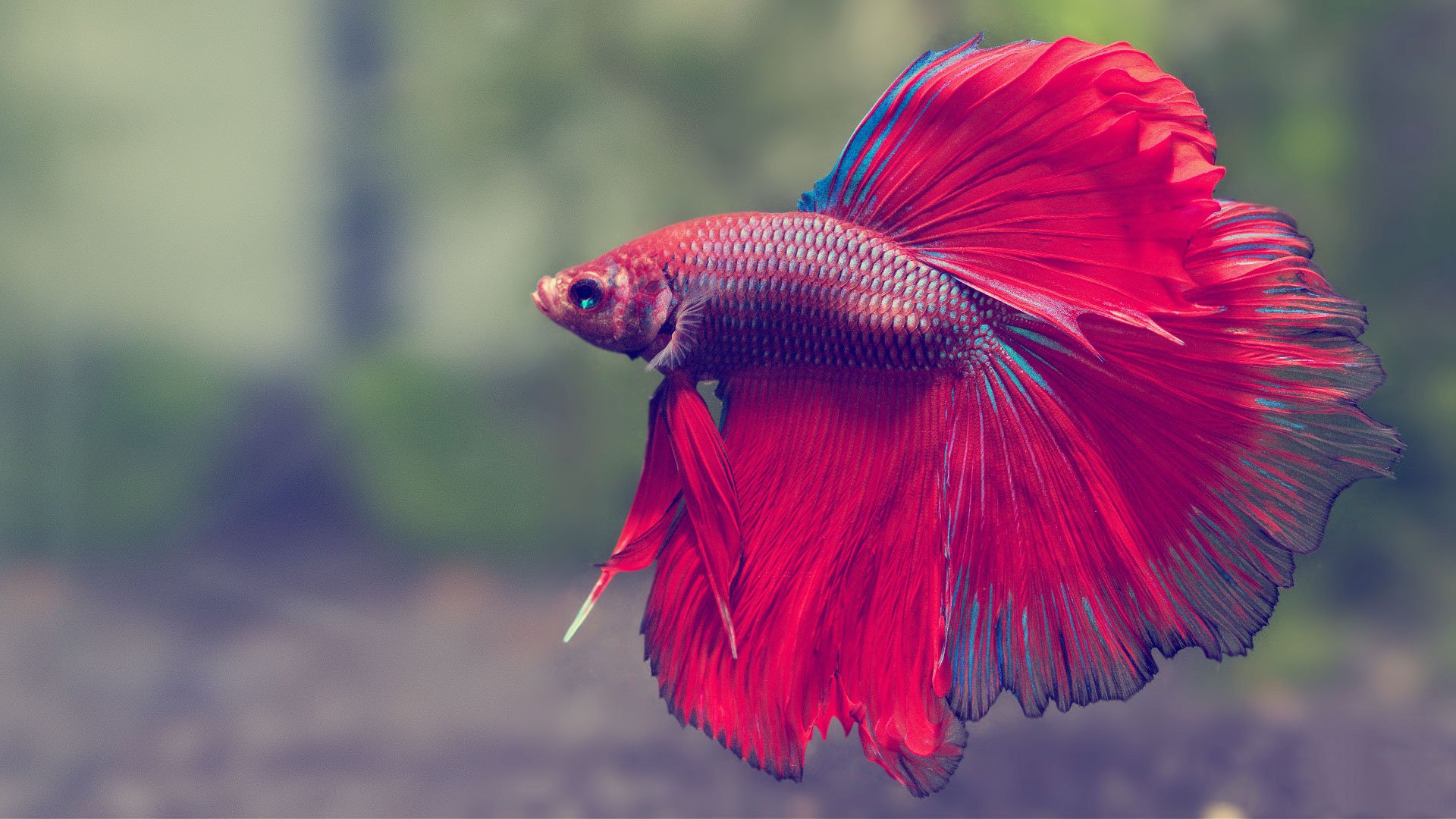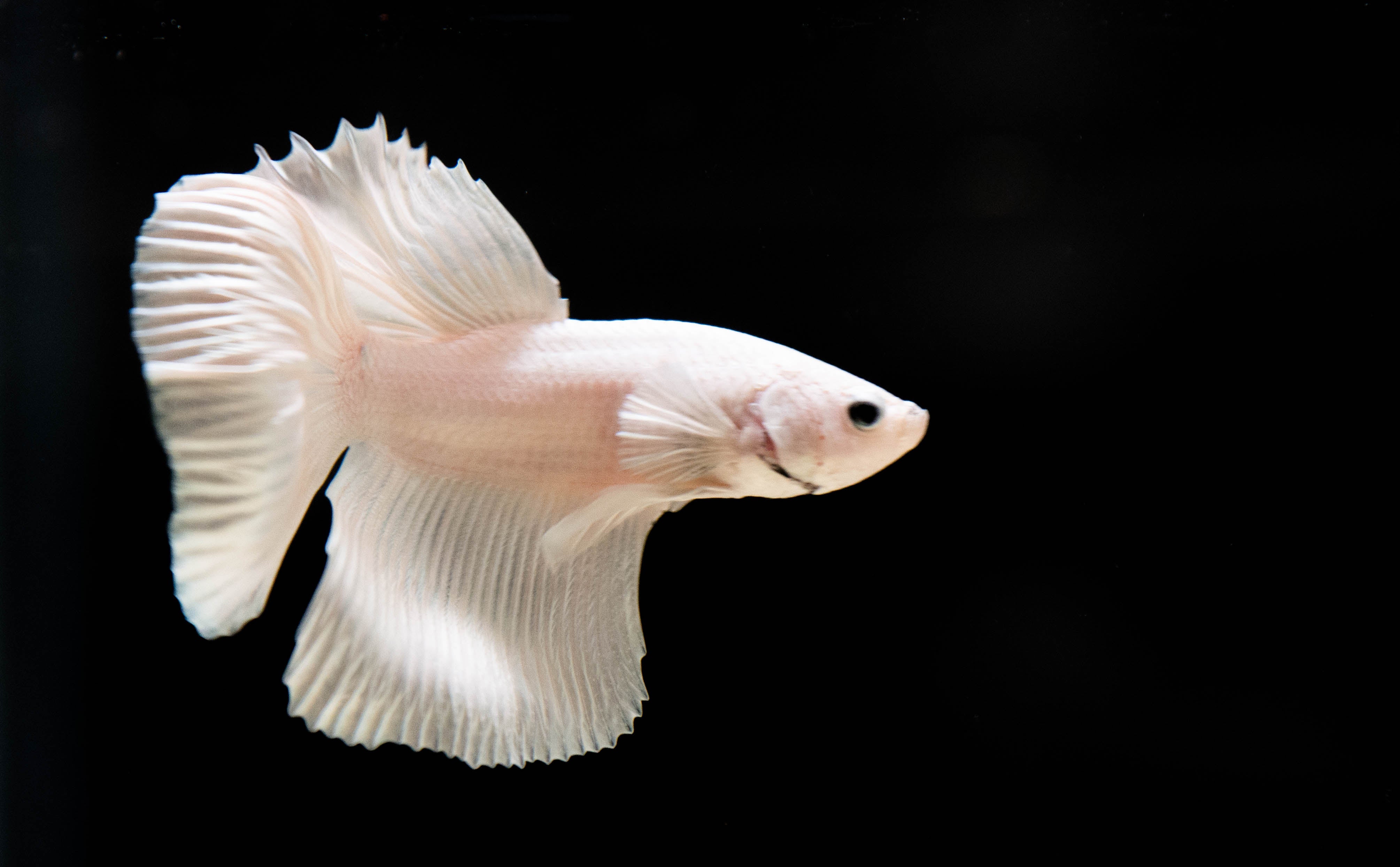Usual Betta Fish Conditions and Just How to stop Them
Usual Betta Fish Conditions and Just How to stop Them
Blog Article
How to Breed Betta Fish Efficiently: Specialist Methods and Insights for Hobbyists Looking to Expand Their Betta Collection
Reproducing Betta fish calls for a nuanced understanding of genes and environmental problems, making it necessary for hobbyists to come close to the process with both persistance and care. Producing an ideal breeding environment, selecting the appropriate pairs, and observing the ins and outs of their courtship habits are foundational actions that can considerably affect the result. The succeeding care of the fry is essential for ensuring their healthy and balanced growth. As we explore these key elements, it ends up being clear that successful reproduction is not nearly the first pairing yet incorporates a broader strategy that benefits mindful consideration.
Understanding Betta Fish Genetics
Recognizing the genetics of Betta fish is essential for successful breeding, as it influences qualities such as color, fin form, and behavior. Betta fish display a diverse range of colors and patterns, largely established by their genetic make-up.
Along with coloration, fin morphology is another substantial facet of Betta genetics (betta fish). The sizes and shape of fins are affected by various genes, including those that identify whether the fins are short, long, or veil-shaped. Recognizing these genetic variants assists breeders forecast the phenotypic results of their children
In addition, behavior attributes such as aggressiveness and territoriality can additionally be affected by genetics. These habits play an essential duty in the breeding process, as they can influence spawning success and the overall temperament of the resulting fry. By comprehensively recognizing these genetic principles, dog breeders can make informed decisions, ultimately enhancing their breeding programs and accomplishing preferable outcomes.
Preparing the Reproduction Atmosphere
Developing an optimal breeding atmosphere is essential for the successful reproduction of Betta fish. The very first action in preparing this environment is to choose a suitable breeding container, preferably varying from 5 to 10 gallons.
Next, think about the usage of a sponge filter or an air rock to provide gentle water blood circulation without producing solid currents that can stress the fish. It is vital to set up plants or reproducing cones to supply concealing spots and promote comfort for the female during the spawning process. Floating plants, such as Java moss or water sprite, can additionally create a more native environment while promoting bubble nest structure by the man.
Prior to presenting the reproducing sets, make certain the water is conditioned and devoid of hazardous chemicals, such as chlorine or hefty steels. betta fish. Routine water modifications must be carried out to preserve ideal water high quality, enhancing the possibilities of successful breeding. With these prep work in position, the reproducing environment will sustain the wellness and health of both Betta fish
Choosing Breeding Pairs
Selecting the right reproduction sets is vital for attaining successful Betta fish reproduction. When choosing your breeding sets, consider several key factors consisting of wellness, personality, and genes. Healthy Betta fish display dynamic colors, clear eyes, and energetic habits. Selecting fish that are free from condition makes sure a better opportunity of creating practical spawn.
Character is another crucial consideration, as Betta fish are understood for their hostile nature. It is suggested to select a man and woman that exhibit suitable personalities to minimize tension throughout the breeding process. A tranquil man can encourage a smoother courtship, while a woman that is too aggressive might disrupt the procedure.
Genetic background additionally plays a considerable role in the high quality of the offspring. Breeding fish that are genetically varied can reduce the danger of genetic health problems and improve the total vigor of the fry. It is valuable to research the lineage of both the male and woman, concentrating on desirable qualities such as fin kind, shade patterns, and size.
The Breeding Refine
The reproduction procedure of Betta fish requires careful planning and interest to detail to guarantee an effective end result. Initially, it is important to prepare an appropriate reproduction container, preferably a 5-10 gallon fish tank with a temperature description maintained at 78-80 ° F. The tank must be furnished with a heating system, filter (ideally sponge kind to stay clear of solid currents), and lots of aquatic plants for the female to conceal.
As soon as the setting is established, present the Recommended Site picked reproducing set to the container, permitting them to acclimate. Observe their behavior; the male will certainly present intricate courtship routines, including flaring his fins and building a bubble nest. If the female shows interest, she will certainly present upright red stripes suggesting readiness for spawning.
When the woman is responsive, both will engage in a mating embrace, throughout which the male feeds the eggs. It is crucial to check their communications carefully, as the male may become hostile. After generating, eliminate the female to avoid possible damage. The male will certainly often tend to the eggs, which normally hatch within 24-36 hours. Maintaining optimum water problems during this period is crucial for the growth of healthy Betta fry.
Taking Care Of Betta Fry

Feeding Betta fry is important, as they need a diet regimen high in healthy protein. Initially, they can be fed infusoria or liquid fry food, transitioning to finely crushed top notch pellets as they expand. Feed tiny sections numerous times a day to encourage healthy growth without overloading the tank with uneaten food.

As they mature, check their growth carefully and separate any type of aggressive individuals to prevent damage. By providing a supporting environment and appropriate nourishment, hobbyists can efficiently raise Betta fry into vivid, healthy fish, eventually boosting their breeding undertakings.
Conclusion
Effective Betta fish reproduction requires thorough attention to genetic option, environmental conditions, and look after the fry. By understanding the genetics of Betta fish and preparing an ideal breeding atmosphere, enthusiasts can enhance the possibilities of generating vibrant, healthy children. Picking compatible breeding pairs and very closely keeping track of the courtship and generating procedures are essential. Supplying optimum treatment for the fry guarantees their healthy and balanced development, contributing to a flourishing Betta collection.
Report this page